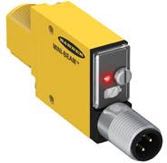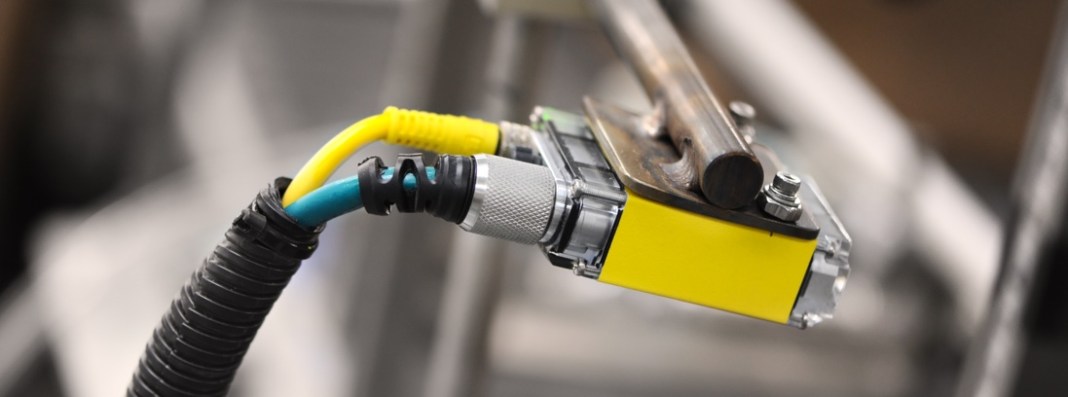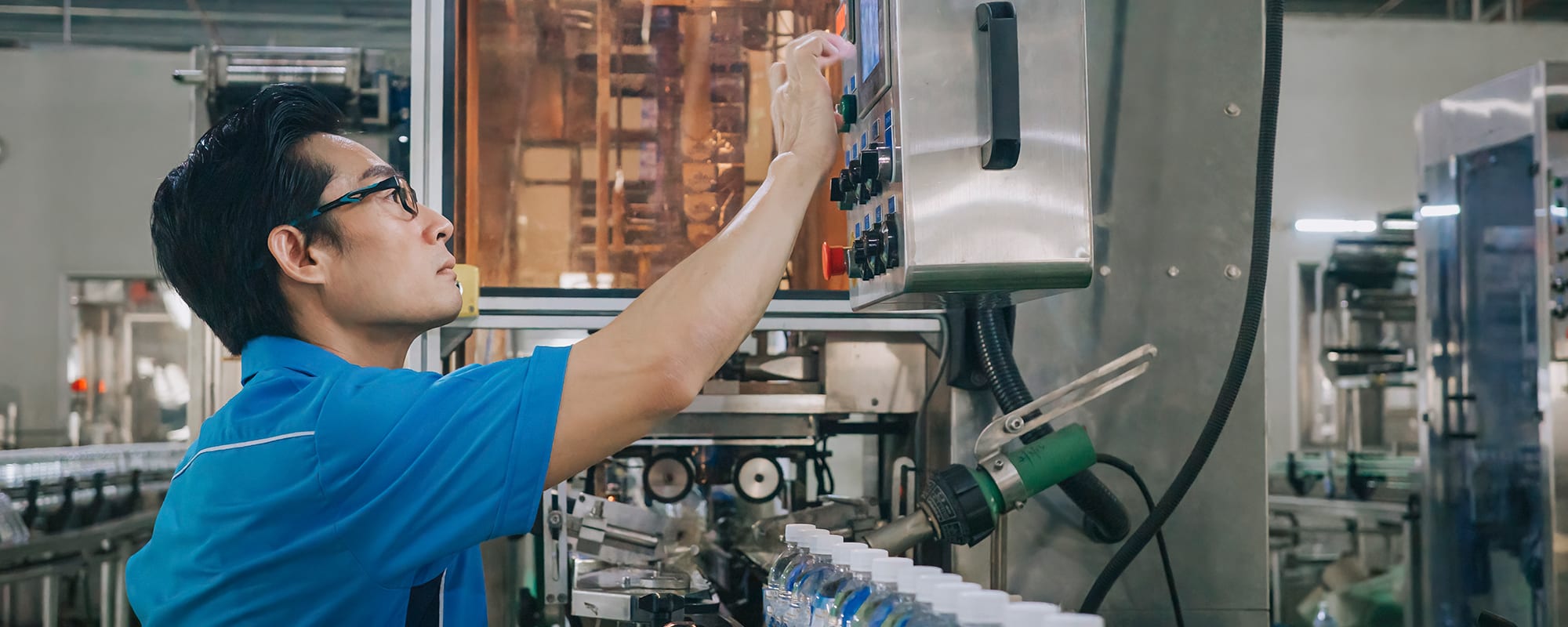Applications
Photoelectric sensors use a light beam to detect presence, position, markings or color of an object. Photoelectric sensors can detect physical properties of objects, including color, shape and luminescence. They have a wide range of industrial applications in packaging, material handling, food and beverage and medical manufacturing. Examples of applications are detecting fill-level in bottles or jars, identifying missing labels on packaging, counting moving items on high-speed conveyers, controlling automatic doors, checking the seating of machine parts and identifying the position of vehicles on a manufacturing line. Photoelectric sensors are also suitable for areas like quality control where complex information needs to be collected and processed. The high accuracy and advanced capabilities of photoelectric sensors make them indispensable in many automated environments.


Advantages:
- Photoelectric sensors are capable of collecting and transmitting advanced information such as color, contrast, shape and luminescence. This makes these sensors particularly suitable for reading labels or in quality control applications
- Long detection range — typically up to 90m
- Photoelectric sensors are very accurate, even at longer ranges
- Photoelectric sensors can detect most objects, including metallic, non-metallic, magnetic and non-magnetic objects
- Miniature photoelectric sensors can be installed in applications where space is limited
- A wide range of IP67 and NEMA certified photoelectric sensors are available; IP67 photoelectric sensors are suitable for washdown environments
Limitations:
- Photoelectric sensors usually cannot detect transparent objects, although the newest and most advanced types may be able to
- Cannot detect objects through a physical barrier such as a pipe, hopper, plastic wall or shipping container; inductive or capacitive sensors are more suited to these situations
- Photoelectric sensors may require more advanced set up compared to other sensor types such as magnetic or capacitive sensors. Wiring is required for at least one side of the sensor, and for both sides in the case of a through-beam sensor where the emitter and receiver are separated
- Photoelectric sensors are sensitive to damp, dirty surroundings and extremes of heat and pressure so are not usually a good choice for harsh environments







